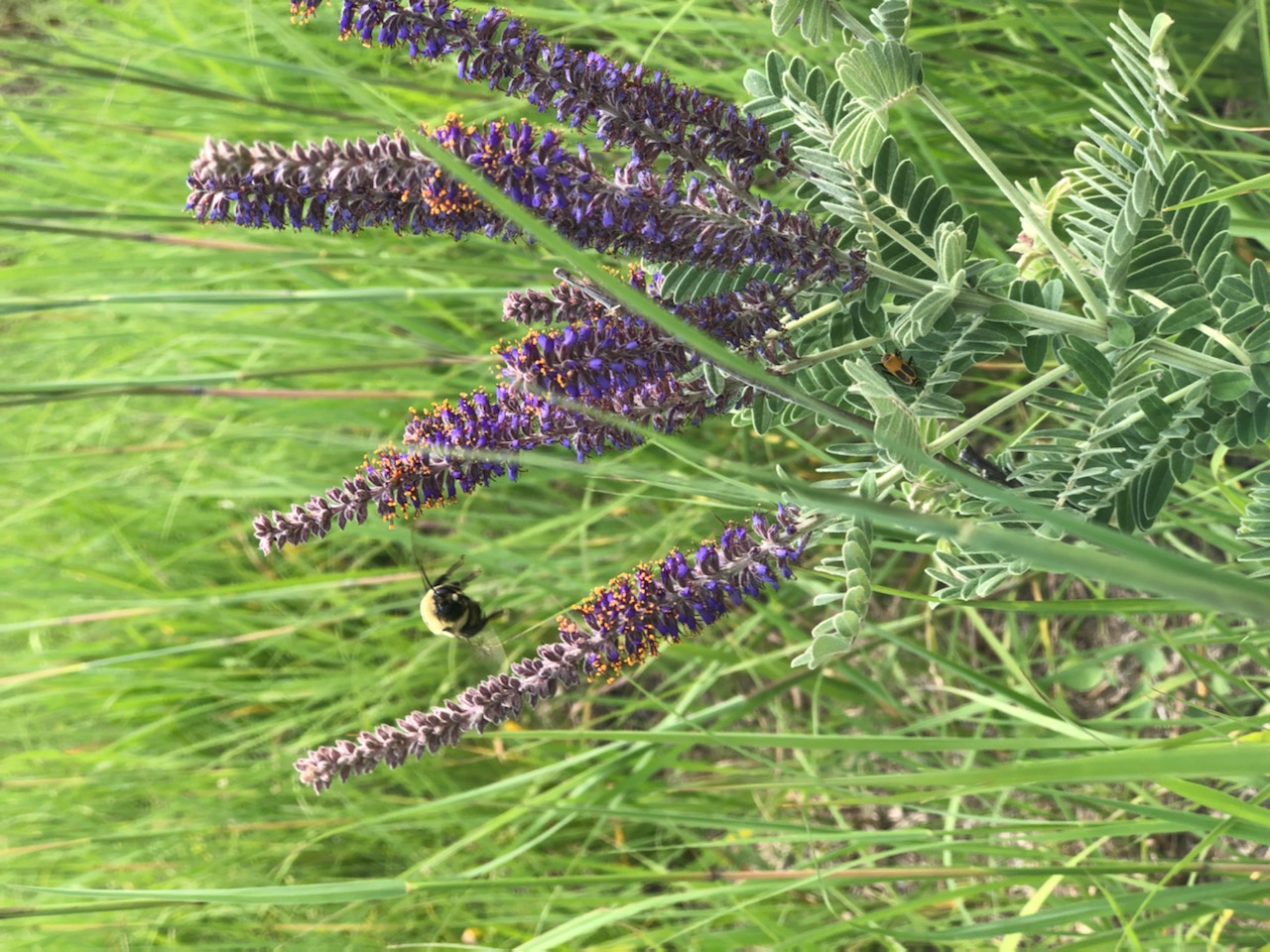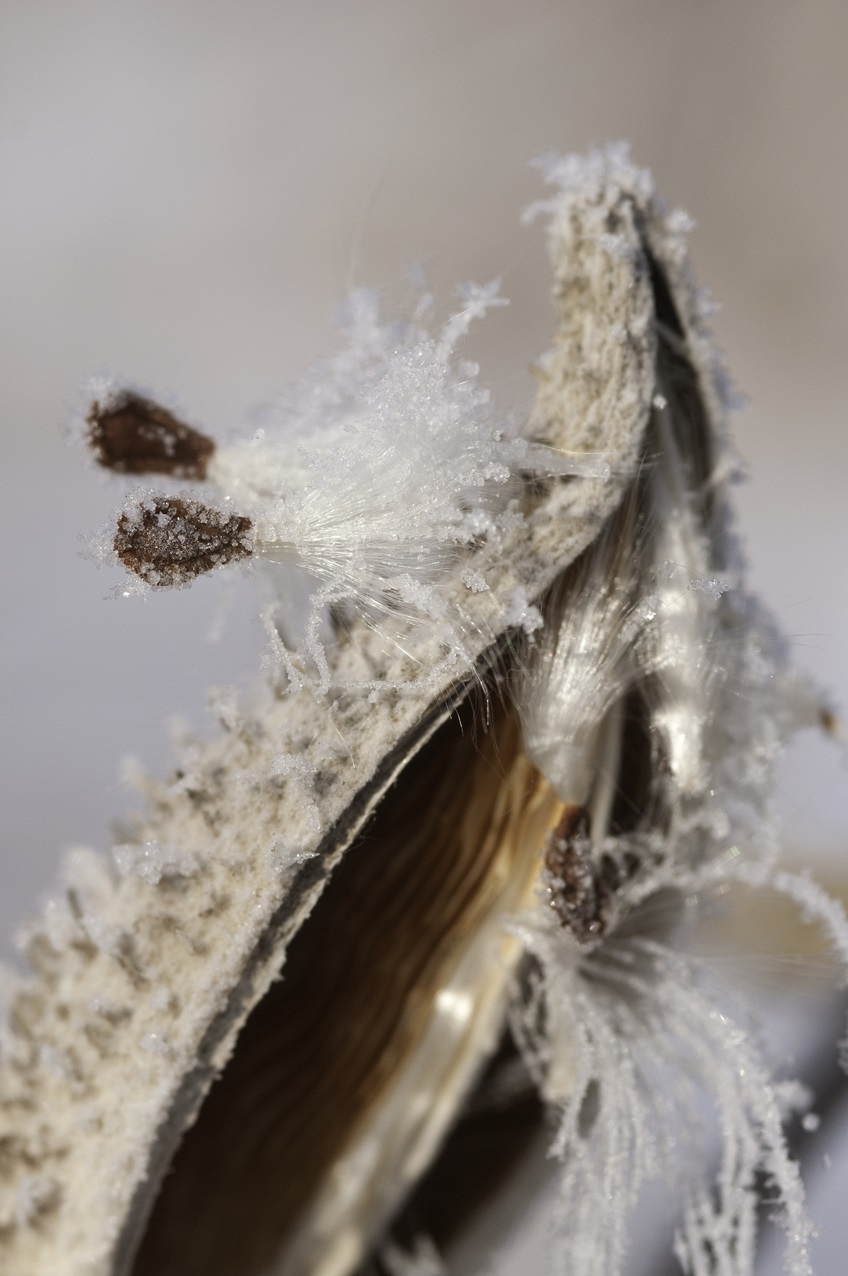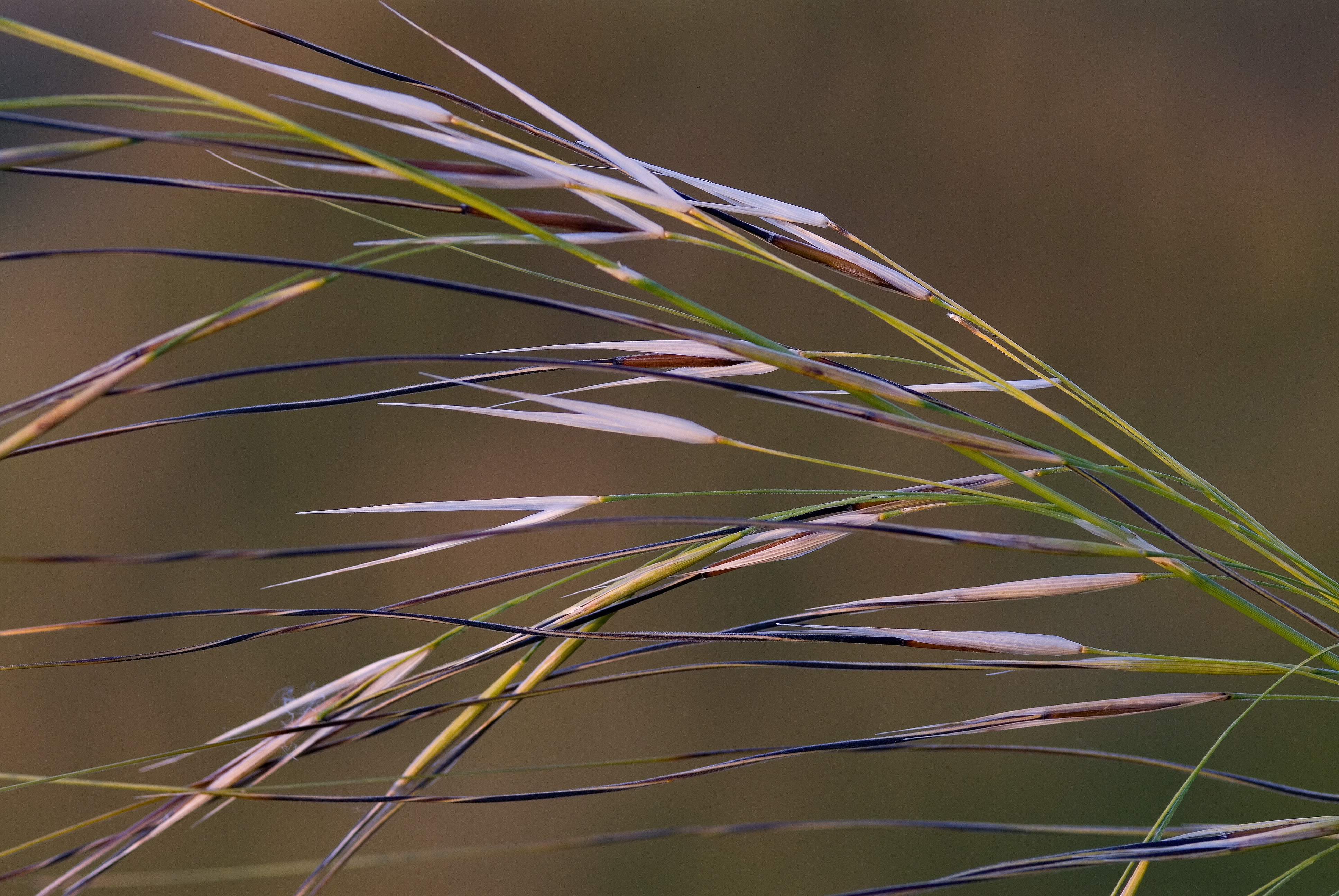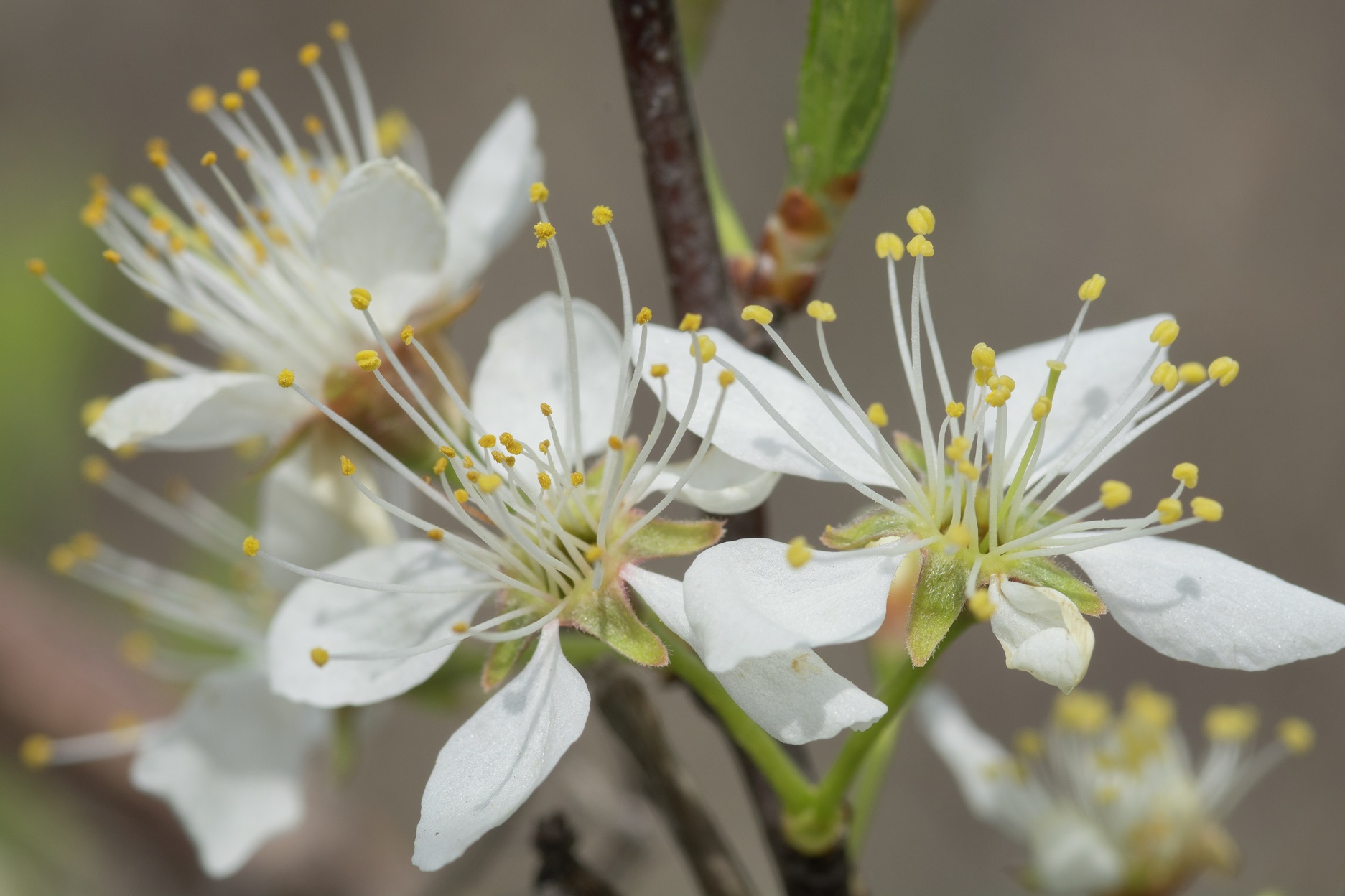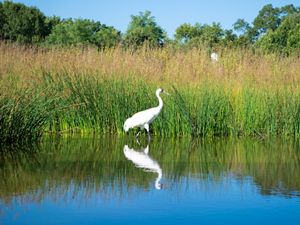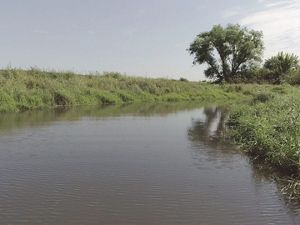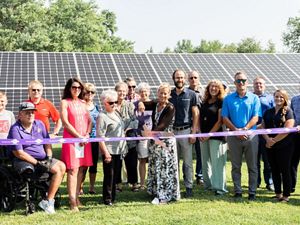Description
Iowa's landscape was once a vast sea of tallgrass prairie stretching as far as the eye could see. This expanse covered over 30 million acres. However, today, less than 0.1% of that original prairie remains.
Nestled within this transformed landscape, Sioux City Prairie's resilience remains and offers visitors a rare glimpse into the past, being one of the largest native prairie tracts in an urban setting. Here, efforts to protect and restore the tallgrass prairie are in full swing, creating critical corridors for wildlife and preserving the region's natural beauty.
Sioux City Prairie is part of the larger Loess Hills region, a unique geological formation that spans over 650,000 acres across western Iowa and northwestern Missouri.
HISTORY OF SIOUX CITY PRARIE
The rolling hills of the prairie were sculpted from wind-blown silt known as loess, carried by the meltwater of glaciers during the Ice Age. Floods deposited this silt in the Missouri River valley and blew into dune-like formations downwind from the river. The extensive loess depths—some areas of up to 200 ft, are found in only a few places worldwide, making this landscape truly unique.
As pressures from rapid development grew in western Iowa, Sioux City Prairie demonstrated remarkable resilience, surviving centuries of natural and human-induced changes.
Dating back to the 1860s, the prairie remained relatively untouched. Various development deals fell through over the years, including one that could have turned the area into a golf course. Except for renting the land for cattle grazing, the prairie remained an oasis for wildlife.
In 1984, The Nature Conservancy purchased this land, which sits adjacent to Briar Cliff College, recognizing its value as a remnant tallgrass prairie and a crucial piece of the larger Loess Hills landscape.
Long-time prairie enthusiasts and volunteers dedicated the preserve to the late Carolyn Benne, a passionate environmental educator from Sioux City who inspired local and statewide interest in the deep Loess Hills formation.
Today, the preserve is managed in collaboration with the Woodbury County Conservation Board.
Various management tools are employed to maintain the health and biodiversity of the prairie. Prescribed fires play a crucial role by releasing nutrients into the soil, encouraging seed germination, stimulating flower blooming, and controlling tree encroachment. Additionally, flea beetles are released to help control leafy spurge, an invasive species that outcompetes native vegetation vital to local wildlife.
These management practices ensure that the prairie remains a thriving ecosystem. Over the years, Sioux City Prairie has become a hub for studying local and landscape ecology, offering a deep appreciation for the mosaic of grasses and flowers native to the Loess Hills.


